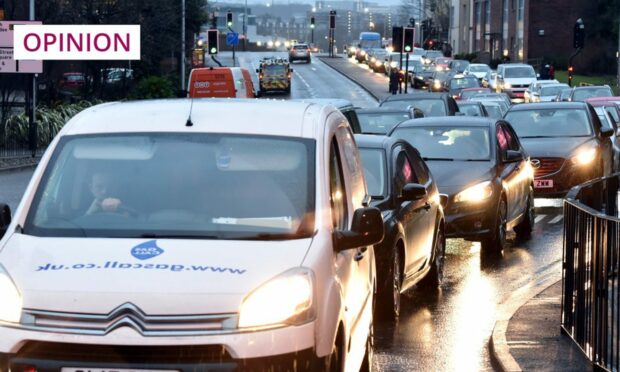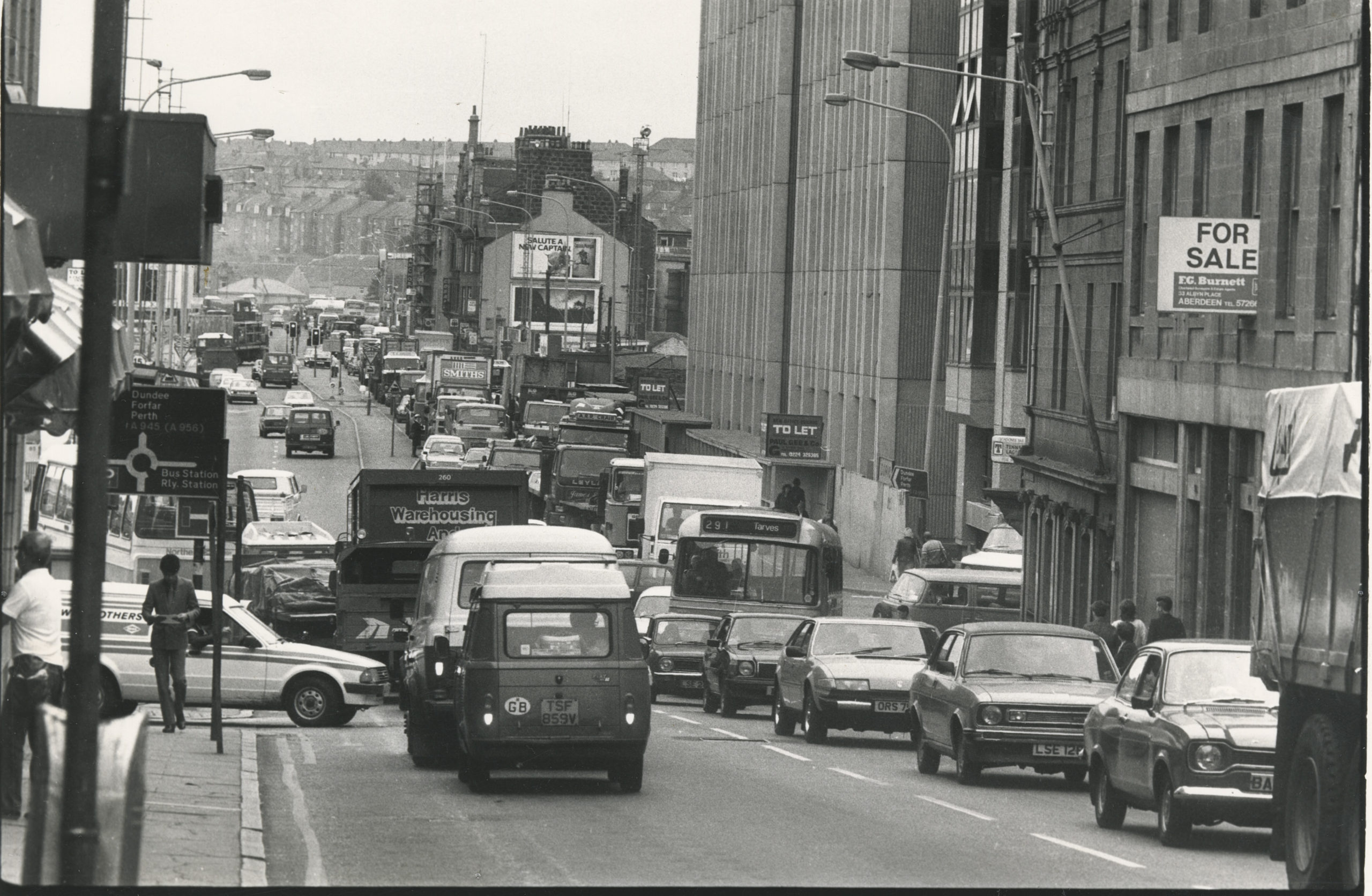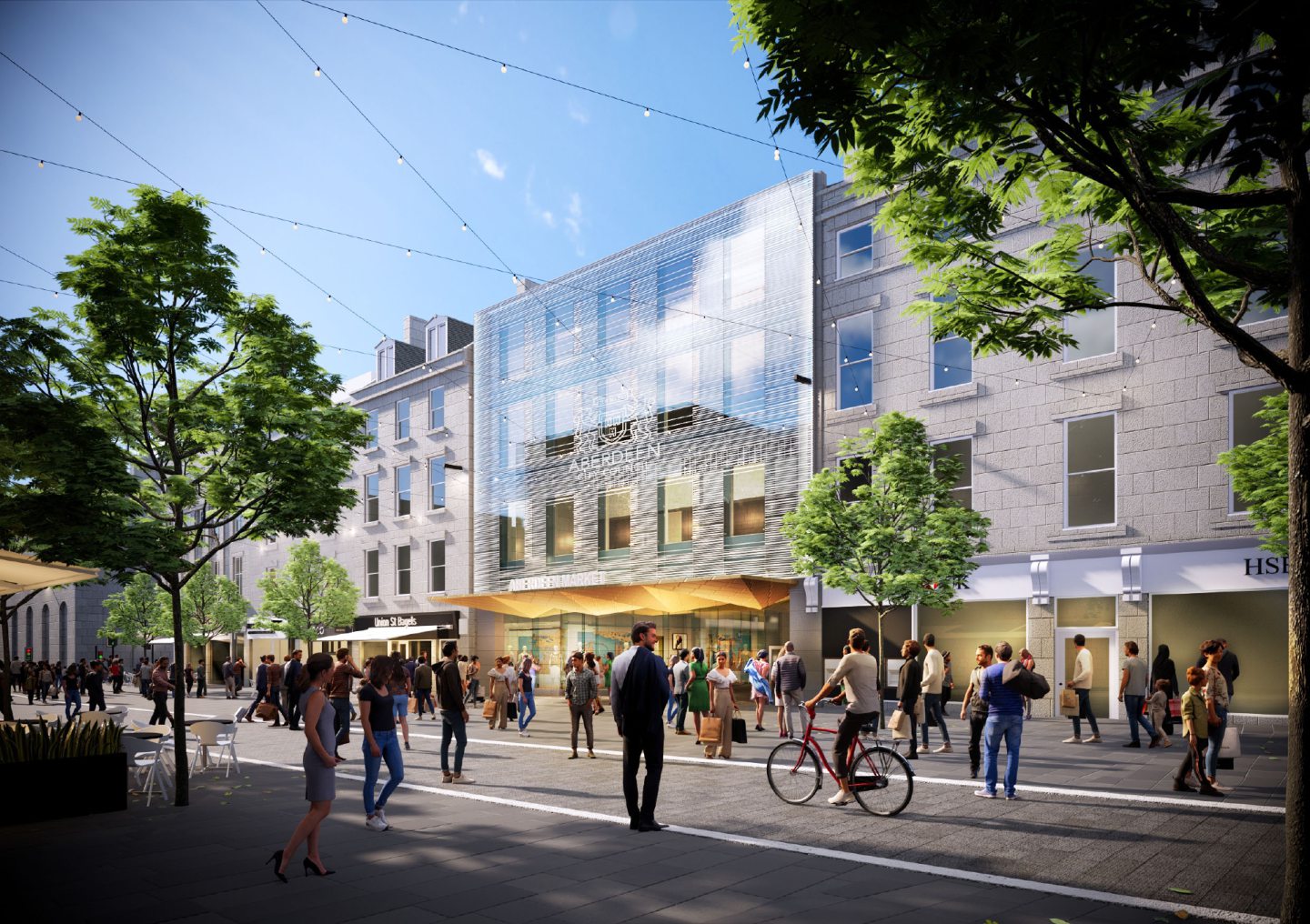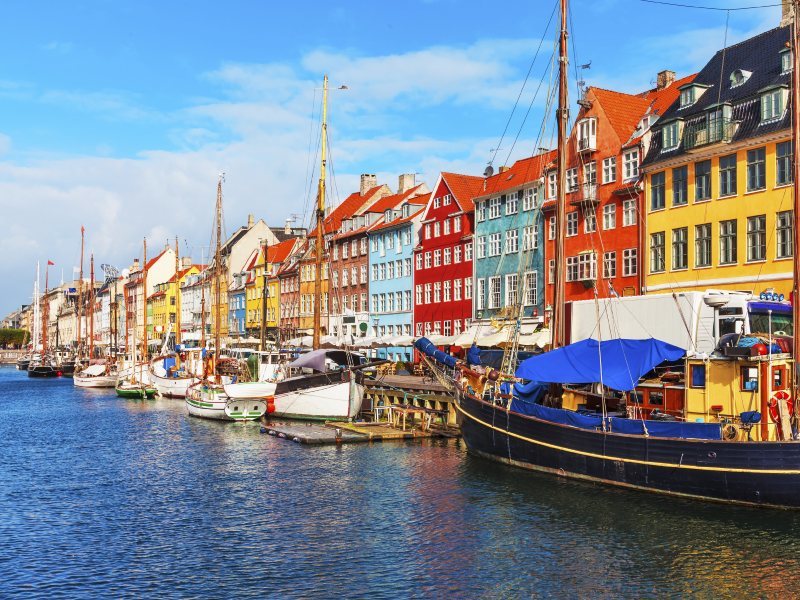Even while learning to drive, Colin Farquhar isn’t convinced that encouraging more cars into the city centre is the way forward for Aberdeen.
At the grand old age of 37, I’ve begun taking driving lessons. It is unceremoniously difficult.
My instructor, who is patient and supportive, reminds me that only seven hours of lessons prior, I wasn’t driving at all. I wonder why I didn’t start them at 17, as my Dad had asked.
It was the pandemic, I think, that changed my stance on learning to drive. Prior to 2020, I had no real aspirations to be a driver, and lessons were a fleeting idea. The desire to learn would come and go every few years.

A car seemed an expense I couldn’t afford. I was reasonably well catered for by public transport or walking, either always living on a decent bus route, or very close to Aberdeen city centre, where I worked.
However, when lockdowns began and viruses spread, the 90-mile round trip to Banffshire, either by bus or in someone else’s passenger seat, began to feel very far. I wanted to see my family more often. As we’ve left the pandemic behind, that latter feeling has stayed with me.
Being able to nip up the road and back to the city in an evening is now something I very much want, especially as my folks become a little older.
I’m not necessarily pro-car
I remember my Dad taking me out for a lesson, in perhaps my late teens, on an empty road at Boyndie, near Banff. I stalled, again and again and again and again, getting more frustrated with every mistake.
Now, at 37, I sit next to the instructor on my fifth lesson, repeatedly making mistakes on gear changes, something I had been able to do just fine the week prior. One incorrect path setting the habit for the next mistake; feeling more frustrated. I’m transported back to my Dad’s car in Boyndie.
I have never really been pro-car. I have, in my professional life in particular, been surrounded by non-drivers. I am a hearty advocate of a car-free city, and it feels a little like driving is the antithesis to this.
Have I been a non-driver because of my opposition to drivers? I don’t think so, but I cringe as an impatient motorist in a BMW cuts me up at a turn in Ferryhill, as I was taking slightly too long to make a right turn for their liking. “I’m just learning,” I think to myself.
What is the future of cars in Aberdeen city centre?
This week, Aberdeen had another thorough examination of itself and why the city centre is performing sluggishly. What might be done to change the circumstance we find ourselves in, as Union Street falls further into decay?
It doesn’t strike me that a city centre packed with cars improves quality of living
As ever, a large chunk of this conversation was given over to driving, parking, charging and public transport, and what role they all might have to play in facilitating more people into our key public spaces. I am also a hearty advocate of pedestrianisation. Will that change once I have my driving licence and a car?
Once I have a car will I still take the bus through the city? Will I wrestle with finding a parking space, or pay the charges? Or, will I take the AWPR to towns in Aberdeenshire, and avoid the city altogether?
It doesn’t strike me that a city centre packed with cars improves quality of living. There are also still pollution and net zero targets to be considered.
We must consider every option
So, what will it take to get people to travel into the city centre more frequently and leave their cars at home? According to the EU, car travel in cities has to fall by 40-50% for cities to become climate neutral. How do we do that while growing our city centre?
Paris has brought in a raft of legislation and low emission zones to huge impact over the last decade. Cities like Copenhagen and Oslo have pedestrianised areas and focus on active travel, while Bristol, Tallinn and Utrecht have dabbled with free public transport to varying levels of success. What would work for Aberdeen?
We’ve introduced free transport for under-22s. The effect has been mixed, according to feedback from the city’s police, but the scheme certainly gives young people more freedom. Can this be extended to more citizens? Can we have more train lines and trams, to better connect our city?
It might take me another few months to secure my driving licence. My instructor tells me that anyone over the age of 25 takes a bit longer to learn.
It’ll give me time to think about how I’ll use my new freedoms, or whether, at worst, the car will simply become an obstacle to accessing the centre of my own town, like it seems to be for many others. How will I, too, be persuaded to leave the car at home?
Colin Farquhar is former head of cinema operations for Belmont Filmhouse in Aberdeen




Conversation